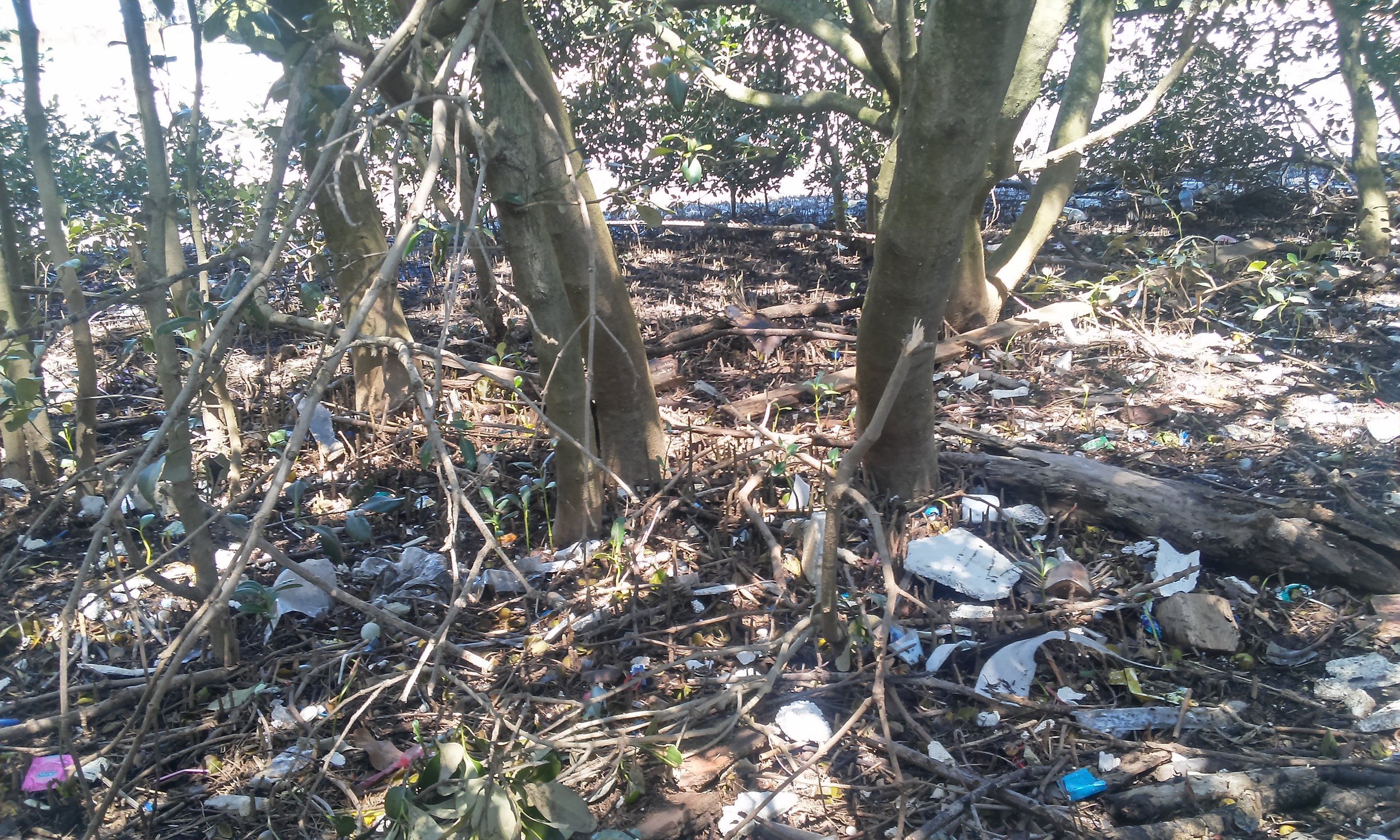Managing microplasitcs
Plastic pollution is a global environmental concern. Over the next thirty years it is estimated annual plastic emissions to the ocean will be 155 –256 million tonnes; by 2050 there will be more tonnes of plastic in the sea than fish. Most plastic particles in waters are microplastics, particles 1 μm to 5000 μm in size deriving from degraded packaging, synthetic fabrics, tyres and construction materials. The primary concern is the impact microplastics are having on aquatic food webs. A wide range of animals ingest particles, from small zooplankton to large fish and marine mammals. At the individual and population scale this can lead to reduced growth, foraging ability, fecundity and survival. Despite this growing problem a clear sense of environmental drivers of pollutoin, ecosystem scale impacts, and priority management actions to reduce pollution remain largely unknown.
My research has broadened the disciplinary and conceptual boundaries of microplastic research, revealing the role of storm events in driving short-term variation in microplastics, the increasing risks of microplastics across different land use gradients, and has revealed for the first time that microplastic pollution can cause community-level effects in ecosystems.
My current focus is developing knowlege and tools to better manage microplastics in NSW and ACT.
The conversation: After a storm, microplastics in Sydneys Cook’s River increased 40 fold
Interview on microplastics from Eastside radio


